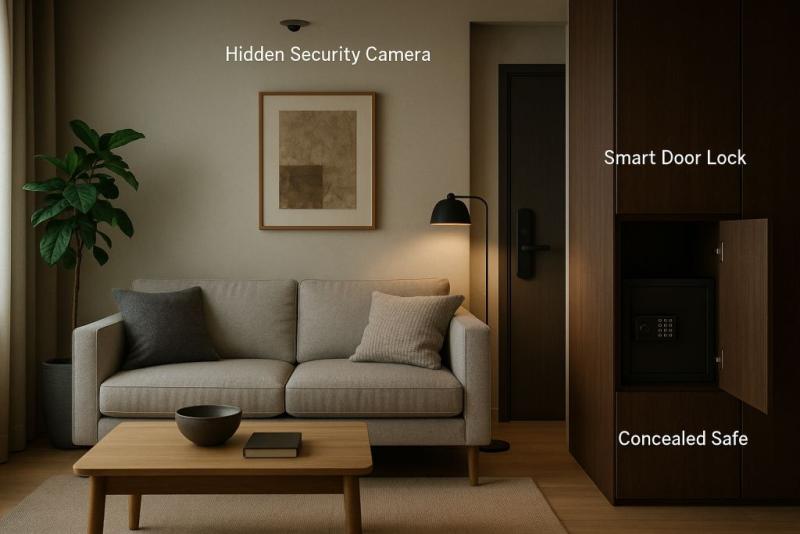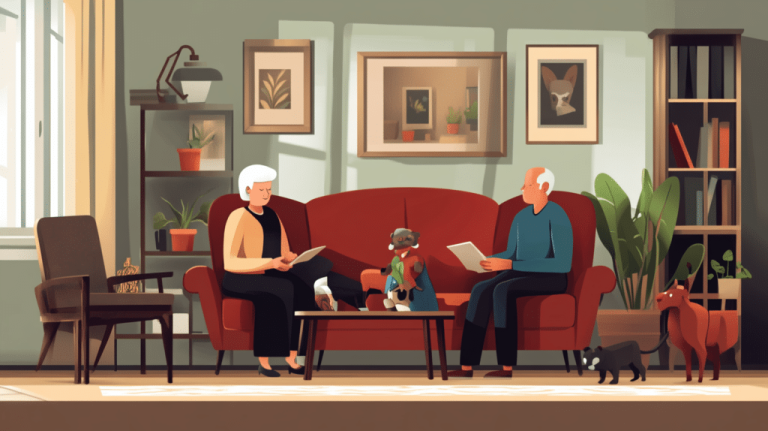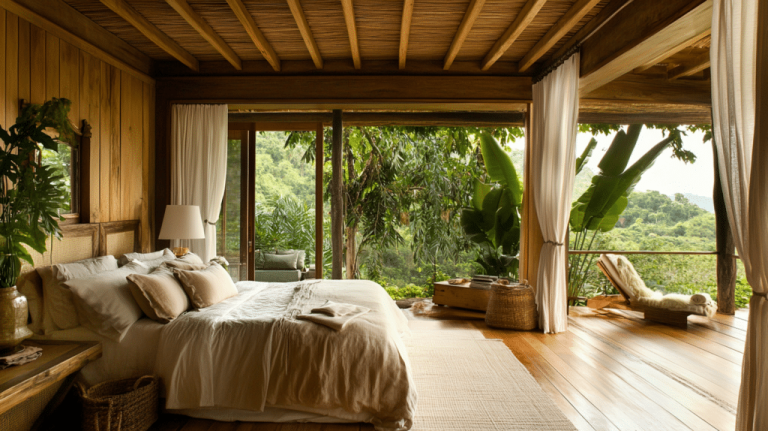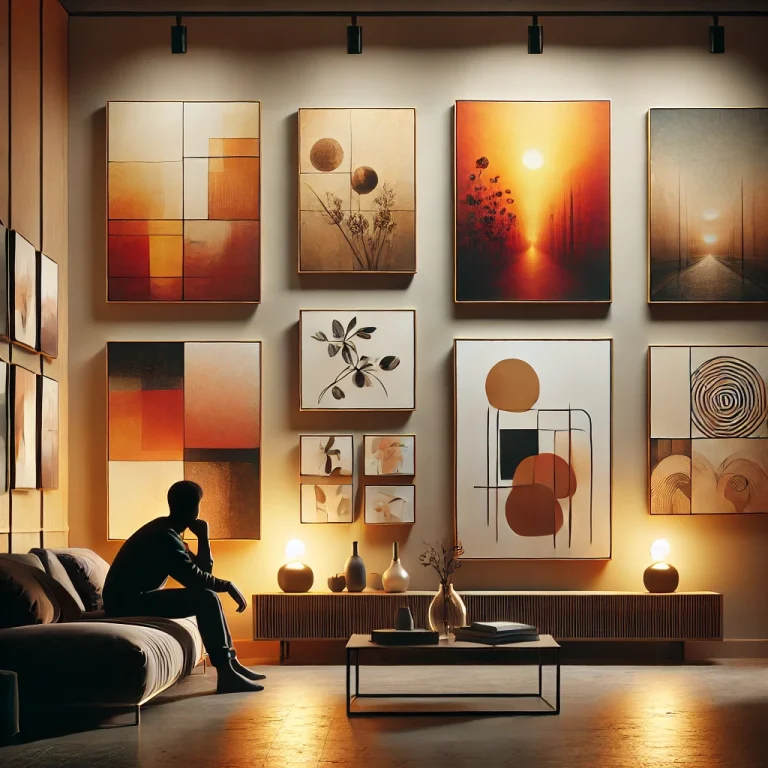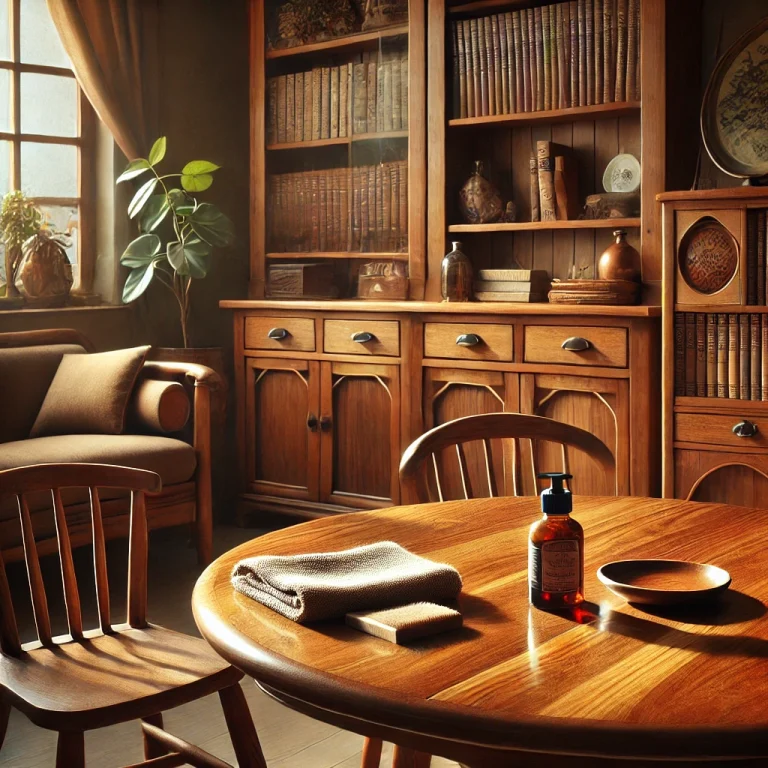Home Security With Subtle Design Features | Smart, Stylish & Safe Living
Modern home security no longer needs to clash with interior beauty or architectural design. As technology evolves, homeowners seek a balance between safety and style — integrating advanced protection systems that blend invisibly into their surroundings. This article explores home security with subtle design features, revealing how discreet technologies, aesthetic integrations, and architectural ingenuity can create homes that are both secure and stunning.
What Are the Core Principles of Home Security With Subtle Design Features?
The foundation of subtle home security lies in the seamless merger of aesthetics and functionality. Traditional security systems often emphasized visibility and deterrence, but modern homeowners prefer an elegant, non-intrusive approach. This concept focuses on incorporating protective elements that are visually hidden, harmoniously designed, and technologically advanced, ensuring safety without compromising on style.
1. Concealed Surveillance Systems
Discreet surveillance ensures protection without visible intrusion. Modern cameras can be embedded into furniture, wall textures, or ceiling recesses. These devices maintain full coverage of key areas while preserving the home’s minimalist aesthetic.
2. Integrated Smart Locks
Smart locks replace traditional hardware with sleek, touchless access systems. They often feature biometric recognition, mobile app integration, and invisible mechanisms housed within doors. The result is a cleaner visual flow that hides advanced technology beneath a simple design.
3. Architectural Camouflage
Architectural design can naturally hide security elements within walls, frames, or structures. Hidden safes behind decorative panels and alarm wiring routed through moldings keep the security setup completely invisible while maintaining accessibility.
4. Ambient Security Lighting
Lighting can serve both safety and atmosphere. Motion-activated, low-intensity lights along staircases and hallways provide safety without harsh glare. They also act as subtle deterrents when detecting unexpected movement at night.
5. Unified Control Systems
Centralized smart home dashboards allow users to manage alarms, locks, and lighting from one interface. This integration removes clutter — replacing multiple visible control panels with a single, elegantly designed interface.
| Feature | Design Advantage | Security Function |
|---|---|---|
| Hidden Cameras | Preserve décor aesthetics | Real-time monitoring |
| Smart Locks | Minimalistic door appearance | Keyless, biometric access |
| Ambient Lighting | Improves visual harmony | Motion detection & deterrence |
| Architectural Camouflage | Invisible installation | Prevents tampering |
How Can Architecture Enhance Subtle Home Security?
Architectural design plays a vital role in embedding security features within the home’s physical structure. Instead of adding security devices as afterthoughts, architects now integrate them into the design phase, ensuring they become part of the home’s DNA. This proactive approach enhances both security and aesthetics.
Building Layout Optimization
Strategic floor planning can minimize vulnerable access points. Homes with clear sightlines, secured perimeters, and controlled entry zones reduce risks. Architects often position main doors and windows with visibility and surveillance in mind.
Material Selection
Using durable materials like reinforced glass or laminated wood increases resistance to break-ins while maintaining a refined look. Security film can be added to windows invisibly, providing strength without altering appearance.
Landscape Integration
Landscaping acts as a natural barrier when designed correctly. Thorny shrubs, uneven paths, or low hedges near windows deter intruders subtly. Modern landscape design balances security and elegance seamlessly.
Hidden Storage Spaces
Architectural creativity allows for concealed safes or compartments within walls or floors. These hidden spaces protect valuables without disrupting room symmetry or design flow.
Facade Symmetry and Deception
Exterior designs that appear symmetrical can confuse intruders by concealing where entry points actually exist. This subtle psychological deterrent adds a protective layer without visible signs of defense.
What Role Does Smart Home Technology Play in Discreet Security?
Smart home technology has redefined how homeowners interact with their environment. When applied subtly, these technologies protect without being intrusive. Voice assistants, automation platforms, and interconnected sensors collectively deliver seamless protection wrapped in convenience and elegance.
IoT-Enabled Devices
Internet of Things (IoT) devices synchronize home systems such as locks, cameras, and alarms. These devices operate silently in the background, creating an invisible web of protection that communicates with users in real time.
Voice-Controlled Assistance
Voice commands enable effortless control over security systems. Integrations with Alexa or Google Home allow homeowners to activate alarms, check locks, or view surveillance feeds using natural language commands.
Automated Monitoring
Automation allows for scenario-based protection — for instance, locking doors automatically when residents leave or activating perimeter lights at dusk. These processes happen without manual intervention or visible hardware.
Smartphone Integration
Mobile apps consolidate control, providing an elegant digital dashboard. Users can monitor home security remotely, viewing camera feeds or adjusting settings through intuitive interfaces designed with simplicity in mind.
AI-Powered Detection
AI algorithms differentiate between familiar residents and strangers. This minimizes false alerts while improving security precision, ensuring smart homes remain peaceful, responsive environments.
| Smart Feature | Integration Benefit | Design Impact |
|---|---|---|
| IoT Sensors | Unified system communication | Hidden micro-sensors |
| Voice Commands | Hands-free security control | No physical switches |
| Automation | Time-based protection | Invisible activation |
| AI Detection | Accurate recognition | No visual clutter |
How Can Aesthetic Design Contribute to Security Without Compromise?
Home security can coexist beautifully with interior design when both are planned together. The fusion of style and protection creates harmonious spaces that feel safe yet sophisticated. Designers use color, texture, and material to disguise security elements while enhancing visual appeal.
Color Coordination
Matching camera casings and sensor colors with wall tones ensures they remain unnoticed. Neutral palettes and matte finishes are particularly effective in keeping devices visually discreet.
Texture Integration
Security hardware can mimic the textures of surrounding materials — for instance, wood-grained motion sensors or metallic finishes matching light fixtures. This continuity eliminates any visual distractions.
Furniture-Embedded Devices
Modern furniture can house sensors, cameras, or speakers within their frames. This approach not only saves space but also keeps devices out of sight, merging technology seamlessly into décor.
Lighting Ambience
Designers use layered lighting — ambient, accent, and task — to improve aesthetics and safety simultaneously. Soft lighting ensures visibility without revealing protective hardware.
Decorative Disguises
Home accessories like mirrors, paintings, or vases can discreetly conceal sensors or lenses. These artistic disguises protect without hinting at their hidden function.
What Are the Ethical and Privacy Considerations in Subtle Home Security?
While discreet systems enhance comfort and aesthetics, they also raise ethical and privacy considerations. Transparent use policies, secure data handling, and homeowner control ensure technology remains protective, not intrusive.
Data Protection
Every smart security system collects data — images, audio, or user behavior. Ensuring that this data is encrypted and stored securely is vital to maintain user trust.
User Consent and Control
Residents should have clear control over their system’s visibility, recording, and data sharing settings. Transparency in device behavior builds confidence in smart environments.
Ethical Surveillance
Hidden cameras must only cover necessary areas within property boundaries. Ethical surveillance avoids infringing on the privacy of neighbors, guests, or public areas.
System Transparency
Even in a subtle design, homeowners should always know what’s active and recording. Regular notifications and clear app interfaces prevent misuse or hidden monitoring.
Regulatory Compliance
Following privacy laws like GDPR or local data regulations ensures that discreet security designs meet global ethical standards and protect personal freedoms.
Conclusion
Subtle design-based home security represents the future of safe and stylish living. By merging aesthetics, architecture, and smart technology, homeowners can enjoy complete protection without visual clutter or industrial-looking devices. True modern security hides in plain sight — safeguarding comfort, beauty, and peace of mind in equal measure.
FAQs
1. How can I make my home security look less intrusive?
Choose hidden devices, integrated lighting, and minimalist smart locks that blend with your home’s interior design. Use color coordination and architectural concealment to disguise them naturally.
2. Are hidden cameras legal for home use?
Yes, but they must only monitor private property areas. Always comply with privacy laws and inform household members of their presence for ethical use.
3. Can smart home security be both stylish and effective?
Absolutely. Smart devices can be designed to match interior aesthetics while offering top-tier protection. Subtle integration ensures functionality with elegance.
4. Do subtle designs cost more than standard systems?
They can initially cost more due to customized installations, but the long-term value in aesthetics and property appeal often offsets the investment.
5. How do I maintain hidden security devices?
Schedule regular system checks and use app notifications to monitor device health. Hidden installations require occasional visual inspections by professionals.

